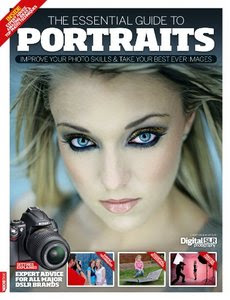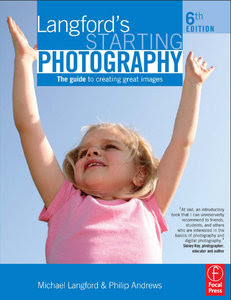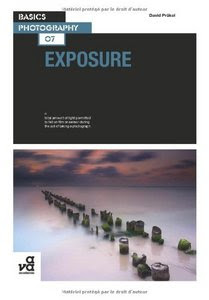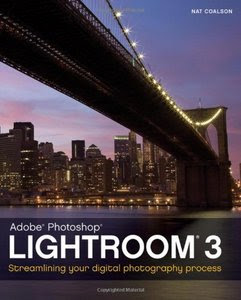Nat Coalson, "Lightroom 3: Streamlining Your Digital Photography Process"
Wiley | 2010 | ISBN: 047060705X, 0470907975 |
400 pages | PDF | 21,2 MB
Product Description:
"I’ve worked my entire adult life in digital imaging, from managing high-volume production departments to running my own photography and printing businesses. And for many years, I’ve been teaching photographers how to be self-sufficient when it comes to working with their digital images.
Having used all major image editing software released over the past twenty years, I now choose to use Lightroom because it allows me to work quickly, helps me deal with large numbers of images and lets me get back to enjoying the creative aspects of photography.
From my experience, I know how hard it can be to learn new ways of doing things–especially computer stuff. Unfortunately for a lot of photographers, struggling with digital processing can take the fun out of photography. Trying to figure out the intricacies of file formats, resolution, color management, etc., and even simply where to put all the files can be daunting tasks. Worse yet, sometimes it’s hard just to know the right steps to get the best quality from a single photo!
It’s my mission to ease your pain; to show you that you really can be in control of your entire imaging process, and help you develop a personalized workflow that fits your style and needs. My students frequently tell me how liberating this is: to comfortably handle all the files coming off the camera and residing on hard disks, to work methodically through a known sequence of steps and to produce finished pictures that you’re proud to show other people. This is at the heart of the photographer’s experience, and I want you to know this sense of confidence and capability.
I’ve taught large groups and individual photographers alike. Over the years I’ve learned where people get stuck. I understand the pitfalls new users face when first starting to use Lightroom as well as the concerns of more experienced users looking for ways to tweak their workflow for better performance. I want to help you overcome these challenges.
My goal for this book is to teach you to effectively use Lightroom 3 as quickly and easily as possible. My writing has been heavily influenced by my experiences working with clients and students, and I’ve approached the content of this book as I would tutor someone in a one-on-one training session. The order in which concepts are presented and the emphasis I give to certain aspects of the workflow are unique among books of its kind.
We’ll start by reviewing some important, basic principles, such as working with Lightroom catalogs, the Lightroom workflow, color management, and an introduction to Lightroom 3’s updated tools and screen interface. From there, we jump right in to importing images into Lightroom. This is followed by a step-by-step editing tutorial that will make your work much easier. Then we move on to in-depth explanations of how to perfect each photo for tone, color, contrast, sharpness and much more. After a detailed look at exporting images out of Lightroom, the next three chapters deal with presenting your work to others with prints, Web sites and slideshows. Finally, we’ll wrap up with an in-depth look at advanced techniques for integrating Lightroom with other software.



























